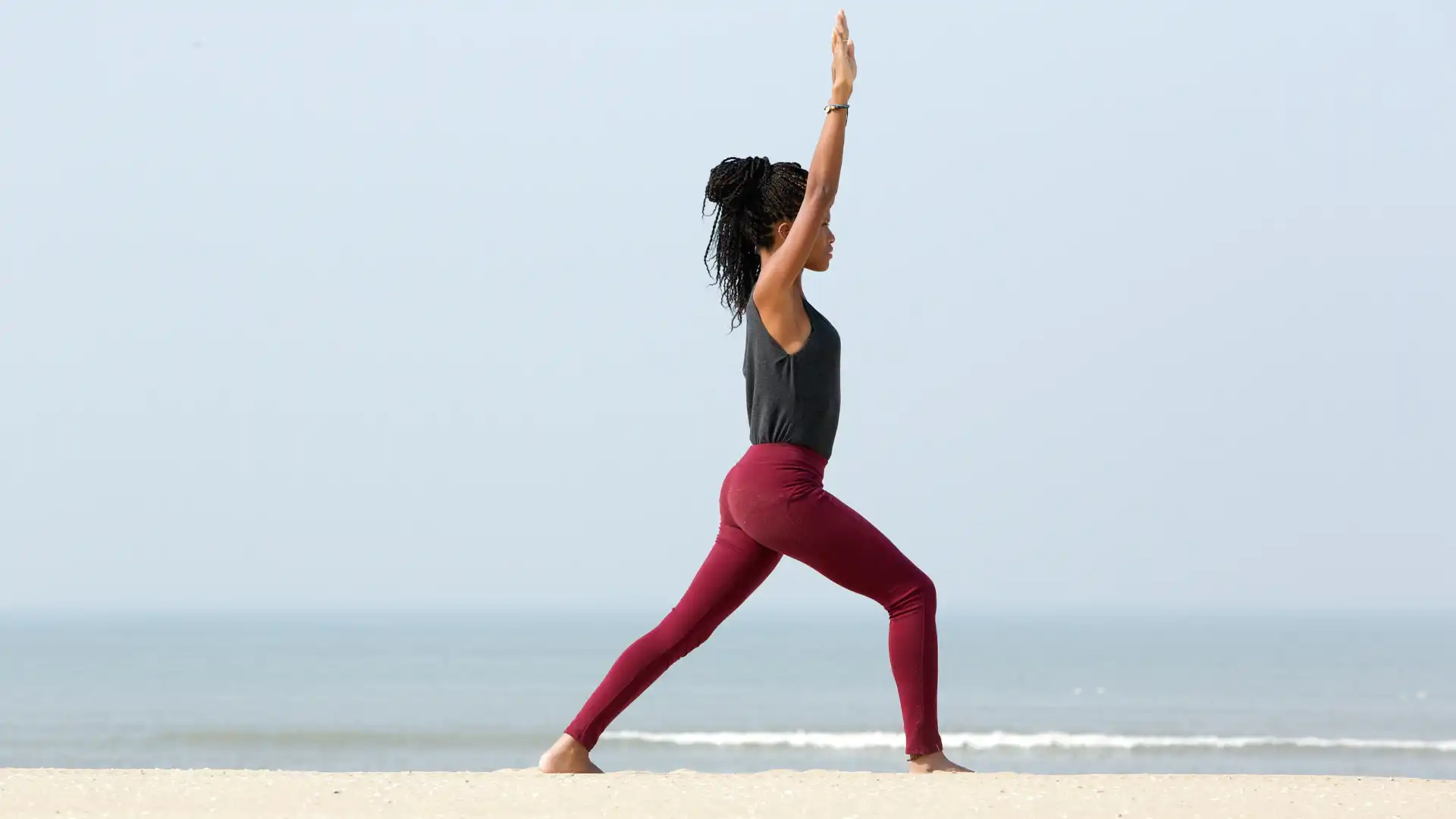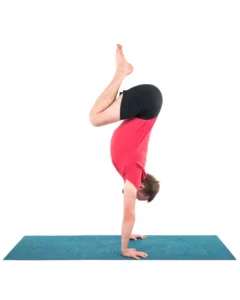Are Your Hamstrings Tight? Try Strengthening Them

Are you constantly stretching your hamstrings but still feel that they are tight? It might be counter-intuitive, but there’s a good chance that they are just tired and not tight.
The normal range of hip flexion is 70-90 degrees with a straight leg. Most of the yogis and patients that complain to me about “tight” hamstrings are within this range. If their hamstrings were actually tight or short, they probably would not be able to reach this range of hip flexion. So, what’s the deal then? Why do they feel so tight?

That tightness that is felt may actually be the hamstrings saying, “Stop working me so hard!” Many people can have inhibited glutes and core muscles because we spend so much time sitting. The hamstrings act as synergists to the glutes that help posteriorly rotate the pelvis, extend the hips, and keep the low back in neutral. If the core and glutes are slacking off, the hamstrings have to pull an extra load. Sitting can also irritate the hamstrings by putting pressure on the sit bones (ischial tuberosities) right where the hamstrings attach to the pelvis. All of this means that the hamstrings are actually overworked, sore and possibly strained rather than “tight.”
If this is the case, you’re better off activating the glutes, core, and hamstrings to “wake them up” and return them to health. Then that tight feeling will disappear and you’ll be able to stretch and increase hamstring flexibility. Bottom line: if you have been constantly stretching your hamstrings, and they still feel tight, try sitting less, extending (the hips) more, and strengthening your hamstrings!

Also, read...
Yoga Anatomy: Release Your Tight Psoas Muscles with Clinical Somatics
Dr. Ray Long: Stabilizing the Shoulders in Downward Dog and Upward Hands Poses
Are You Making This Common Stretching Mistake in Yoga?
Related courses
Breath as Medicine: Yogic Breathing for Vital Aging
Yoga and Myofascial Release: Releasing Chronic Tension with the Bodymind Ballwork Method
Yoga and Detoxification: Tips for Stimulating Lymphatic Health
Dr. Nolan Lee is a yoga teacher and physical rehab specialist in Chicago, IL, with an extraordinary passion for understanding how the body moves and functions. Nolan has the unique ability to blend the science of anatomy with the art of yoga. With an active practice at this clinic, Balanced Flow Wellness, he practically applies yoga to restore and maintain health. Dr. Lee also holds a Master of Acupuncture degree and is a NASM-certified corrective exercise specialist (CES). He enthusiastically shares his knowledge of yoga and anatomy in lectures, workshops, and on his blog.




